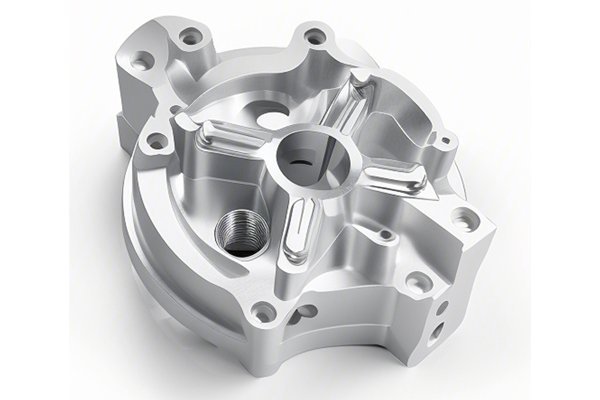Did you know that the melting point of steel can vary significantly depending on its alloy composition, typically ranging between 2,500°F (1,370°C) and 2,800°F (1,540°C)? This variability not only affects the manufacturing process but plays an essential role in defining the heat treatment strategies used in CNC machining. Understanding how these factors intersect gives manufacturers the insight needed to improve part quality, durability, and overall production efficiency. In this comprehensive blog article, we will delve deep into the complexity of the relationship between the melting point of steel and heat treatment processes, particularly in CNC machining applications.
Before discussing the intricate relationships posed by the melting point, let’s briefly cover what steel is and its importance in CNC machining.
1.1 What is Steel?
Steel is an alloy primarily composed of iron and a small percentage of carbon, which confers unique mechanical properties such as greater strength, hardness, and ductility than plain iron. Different types of steel are formulated with various alloying elements such as chromium, nickel, and molybdenum, each of which affects their physical properties and melting points.
1.2 Why CNC Machining?
CNC (Computer Numerical Control) machining represents one of the most efficient and precise methods for fabricating components. This technology harnesses automated processes to achieve high tolerances and complex geometries. Understanding how steel’s properties influence these CNC machining processes can yield significant implications for manufacturers.
2.1 Definition of Melting Point
The melting point of a material is the temperature at which it transitions from a solid state to a liquid state. In steel, this is especially important as it indicates the limit beyond which structural integrity can be compromised.
2.2 Factors Influencing Melting Points
The melting point of steel is influenced by various factors:
Heat treatment is a crucial process in CNC machining that enhances the properties of steel, such as hardness, ductility, and strength.
3.1 What is Heat Treatment?
Heat treatment involves heating and cooling metal in a controlled manner to alter its physical and sometimes chemical properties without changing its shape. For steel, various methods exist, including annealing, quenching, tempering, and case hardening.
3.2 Importance of Heat Treatment in CNC Machining
Applying the appropriate heat treatment helps improve the performance of components, ensuring they can withstand operational demands. For instance, gear components subjected to extreme stress may require specific heat treatment to enhance their durability.
4.1 Impact of Melting Point on Heat Treatment Processes
Knowing the melting point helps in deciding the heat treatment process. Various treatments must be executed at carefully controlled temperatures:

4.2 SpecificAlloy Group Examples
5.1 Case Study: Aerospace Components
Aerospace components often use high-strength steel alloys subject to rigorous heat treatment. These processes require precise control over temperatures to ensure parts can withstand extreme operational conditions. By understanding the melting points involved, engineers effectively develop heat treatments that enhance the hardness and tensile strength of components.
5.2 Comparison of Various Steel Alloys
6.1 Common Challenges
6.2 Solutions
7.1 Pre-Treatment Analysis
7.2 Simulation Software
7.3 Staff Training
Understanding how the melting point of steel influences heat treatment processes in CNC machining is crucial for manufacturers aiming to achieve superior quality in their components. Through our exploration, we’ve uncovered critical relationships between chemical composition and melting points, their impact on mechanical properties, and how manufacturers can leverage this knowledge to optimize their processes.
By carefully considering how different steel alloys interact during heat treatment, adopting effective strategies, and implementing advanced monitoring techniques, companies can enhance the performance and longevity of their products.
As we navigate the complex world of CNC machining and metallurgy, remember: the choices made regarding steel’s melting point and subsequent heat treatments can have far-reaching effects. For manufacturers looking to push the boundaries of quality and efficiency, understanding and addressing these factors ensures a competitive edge in today’s high-stakes industrial landscape.






